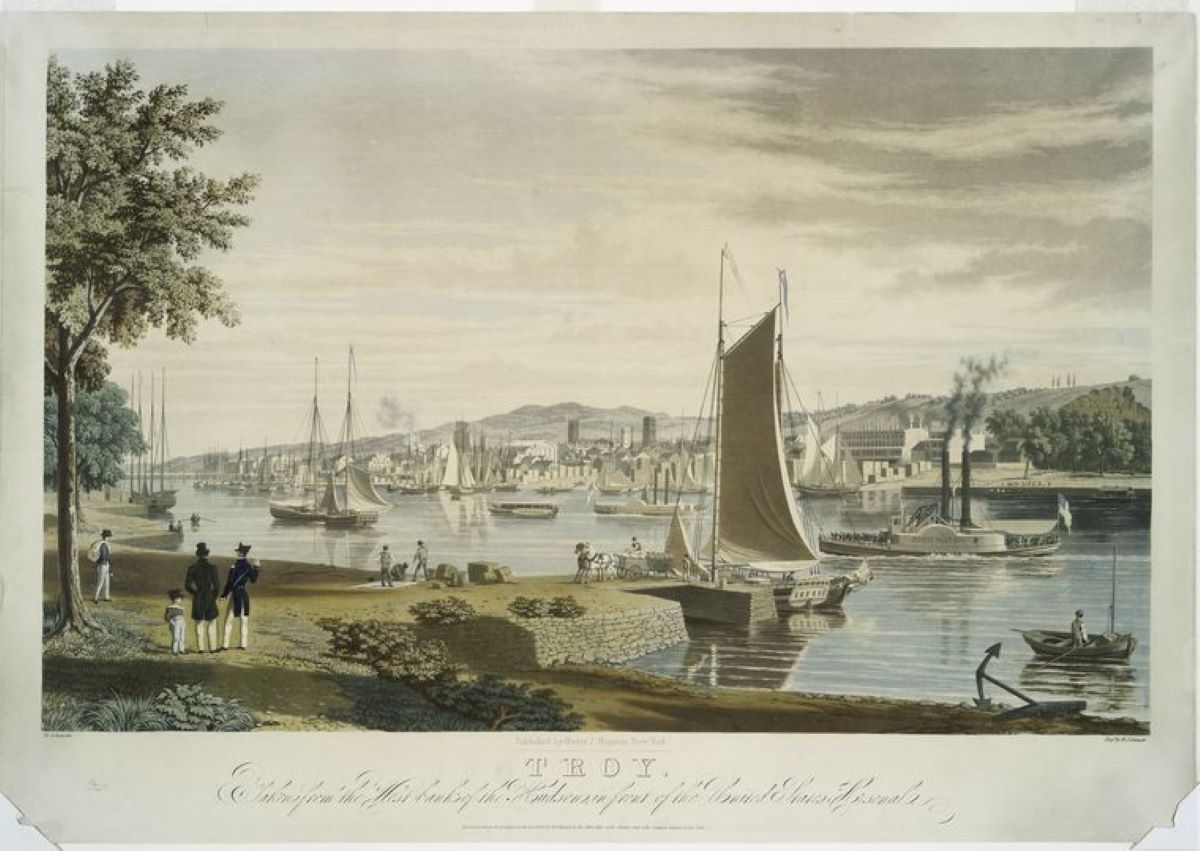The Need for Small Cities
Recently, a documentary which I co-created was an official selection at the Albany Film Festival, and I traveled to New York’s state capital to represent the film and partake in a refreshing change of scene. My time in the Capital District, that is, the Albany metropolitan area, followed the cliched pattern of a New York Times “36 Hours” story. I hit a steady succession of high notes within a concentrated amount of time.
I explored Washington Park, an artfully designed and impressively active green space, on the outer edge of downtown Albany. I marveled at the eclectic architecture of the preserved buildings lining the streets in surrounding neighborhoods. On my final night, I enjoyed a delicious meal and a revelatory stroll through Troy, New York, a small city sitting across the storied Hudson River from the capital.

For over a decade, I have wanted to visit Troy after initially learning about the city through a now dormant podcast. Once an affluent local industrial node, Troy suffered the fate of many urban areas, both large and small, across the United States. It lost wealth, jobs, and people. In recent years, entrepreneurs, cooks, and artists began to discover Troy’s surprisingly intact downtown and instill it with new energy.
Walking along the nighttime streets of Troy, I noted that many elements of a classic downtown remained: a shoe repair shop, a music store, and several banks with hulking and prominently visible safes. Meanwhile, people bounced between the restaurants and bars. A theater group staged a steam-punk performance piece in a storefront. To my dismay, it was far too dark to document Troy with my camera.

What struck me most about the Capital District during my brief visit (a few over the prescribed thirty-six hours) was that it maintained a character independent from its position as the political and governmental center of New York State. It had a distinct regional flavor and identity.
Smaller cities and metropolitan regions — that is, the non-global and the majority of urban areas — throughout the Northeast and the Midwest once existed as economic centers with rich cultural and social fabrics. The remnants or artifacts of the former lives of these urban areas might hold the ingredients to develop their new identities. This appears to be happening in Troy.
Not every individual dreaming of writing a novel, refurbishing a vacant storefront, or forging a life should feel compelled to move to New York City, San Francisco, or Chicago to feel that they “made it.” They need places like Troy, and Troy needs people like them.
Providing small cities and metropolitan regions with the resources and opportunities to rebuild their economies and remake neighborhoods might begin to ameliorate the inequality and fatalism afflicting large swathes of America. Instead of looking to our dominant cities for models, maybe we should look to our overlooked ones. Troy and similar places might have much to teach us.